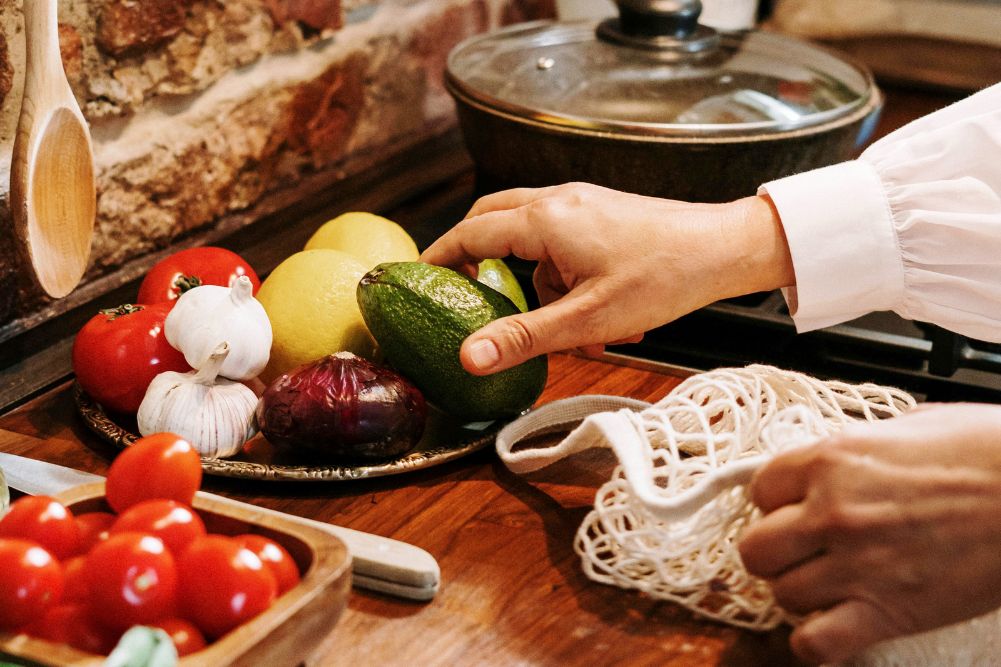Sweet fruits
With the numbers of people affected by diabetes surging there is an enormous amount of research going on into how to prevent diabetes occurring. It is estimated that four per cent of the Australian population have the condition, which is around 900,000 people — an increase from just 1.5 per cent of the population with the condition only 15 years ago.
One of the vexing things is that fructose consumption is linked to diabetes and fructose is a sugar found in fruit. Of course fruit can offer many nutritive benefits and makes a healthy snack alternative to chocolate bars and so on. Recommendations are that we should eat at least two portions of fruit per day to maintain health, but where does that leave us as regards diabetes? The answer to that has been highlighted in a new study.
The study analysed data on more than 187,000 people between 1984 and 2008. In that time, every four years the subjects filled out food frequency surveys and were monitored for the development of any health conditions. People with pre-existing conditions were ruled out of the study with the aim being to see if diet was linked to disease incidence.
Over the course of the study 6.5 per cent of the subjects developed type 2 diabetes. When the incidence of diabetes was correlated with diet, some interesting relationships were found.
For a start, it was discovered that people who had three servings per week of blueberries, grapes, apples, raisins or pears reduced their risk of developing type 2 diabetes by seven per cent.
This looks good for fruit consumption, however it was also found that the greater the amount of fruit juice that a person drank, the greater their risk of developing type 2 diabetes. Substituting the whole fruit for the juice reduced this risk.
So this study confirms what a lot of health practitioners have been saying, which is that fruit juice is the real thing to be wary of. When you juice a fruit you concentrate the fructose and remove critical nutrients and fibre. The fruits shown here to reduce diabetes risk (grapes, blueberries, apples) are either good sources of antioxidant pigments or of fibre. The actions of these things in your body either neutralise the damaging effects of fructose or modify fructose metabolism and help your body deal with it more effectively.
Whole fruit is fine at the level of a couple of serves per day but you do need moderate fruit juice consumption if you want to reduce the damage that fructose can do in your body. Of course fructose is also used as a sweetener in processed foods in the form of high fructose corn syrup … but that is another, not so sweet, story.







